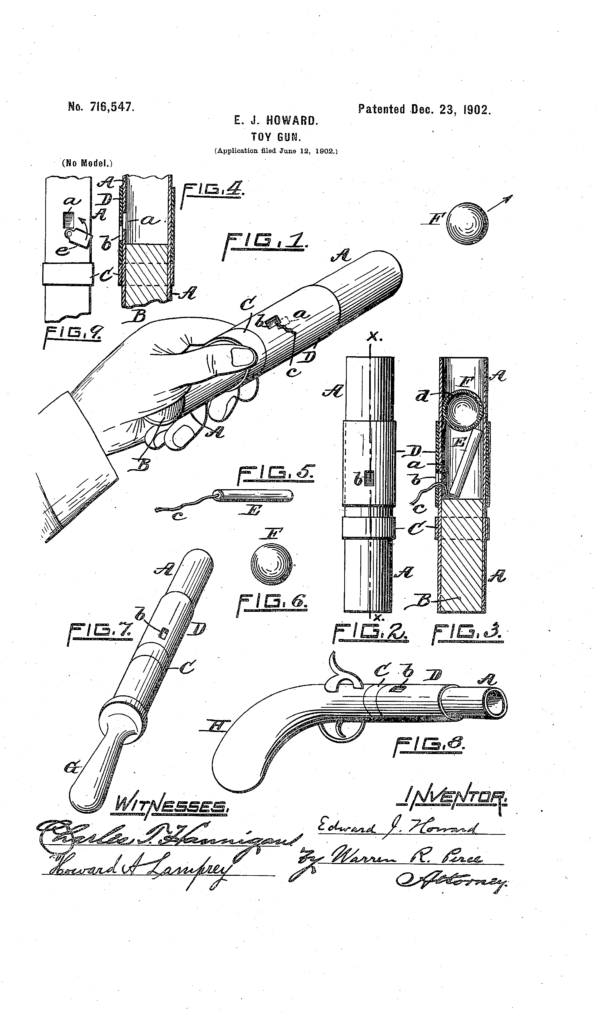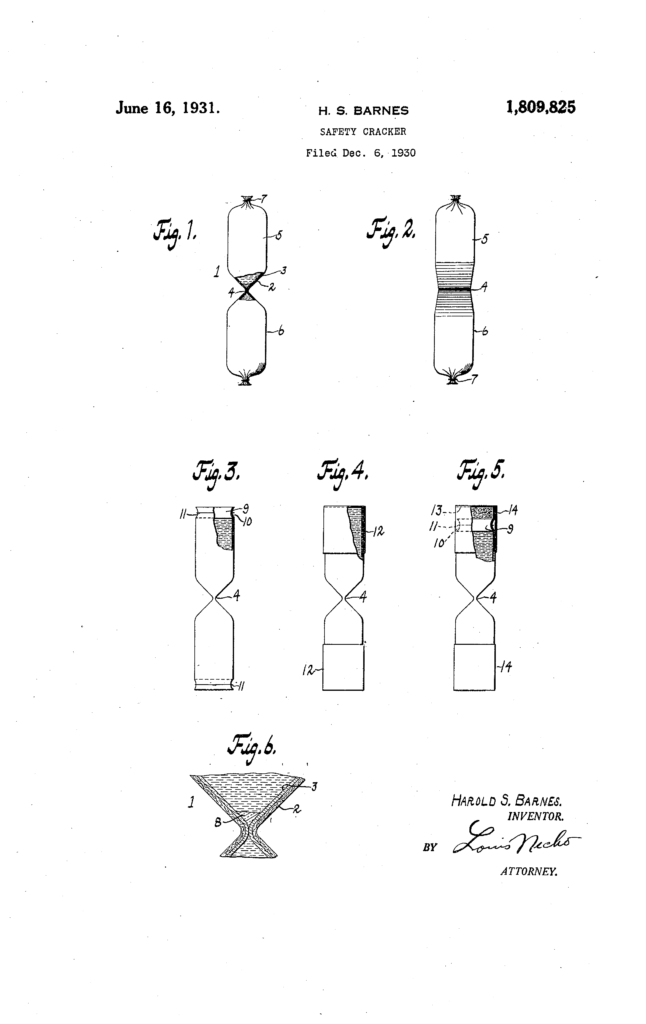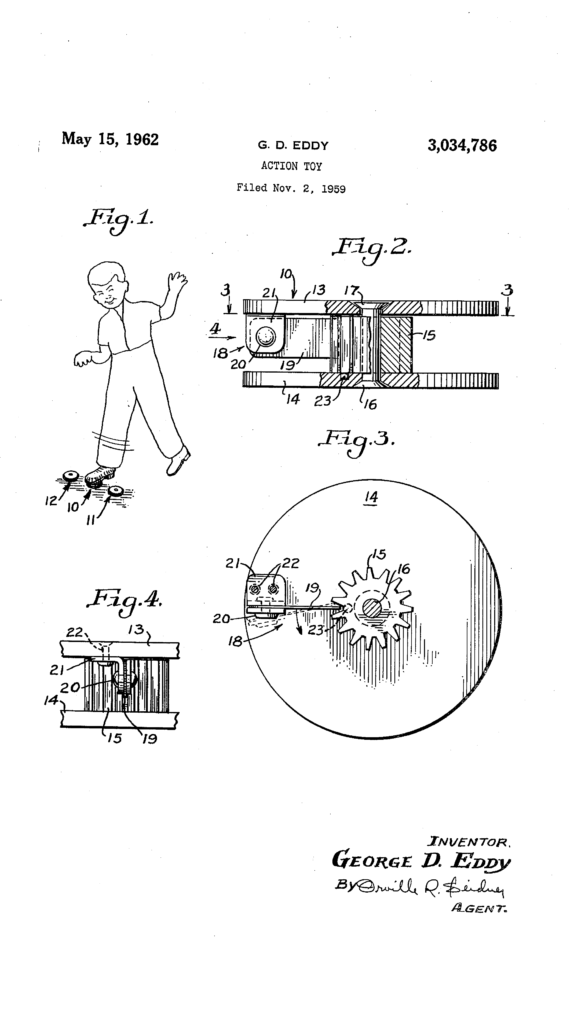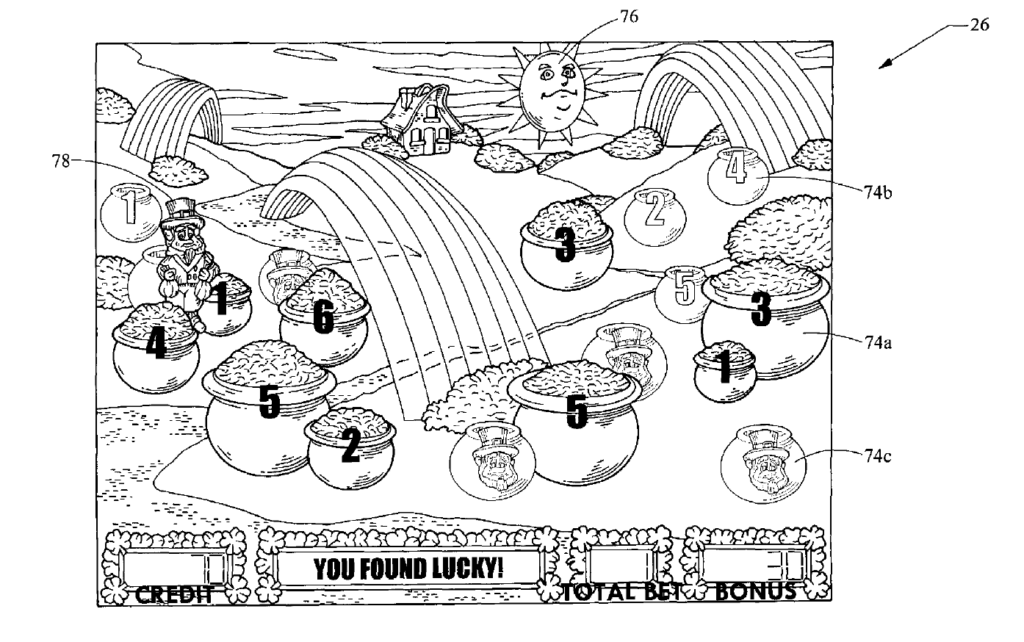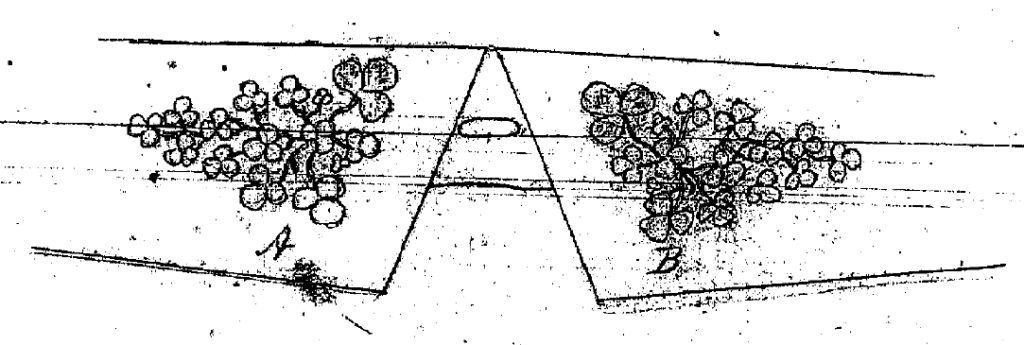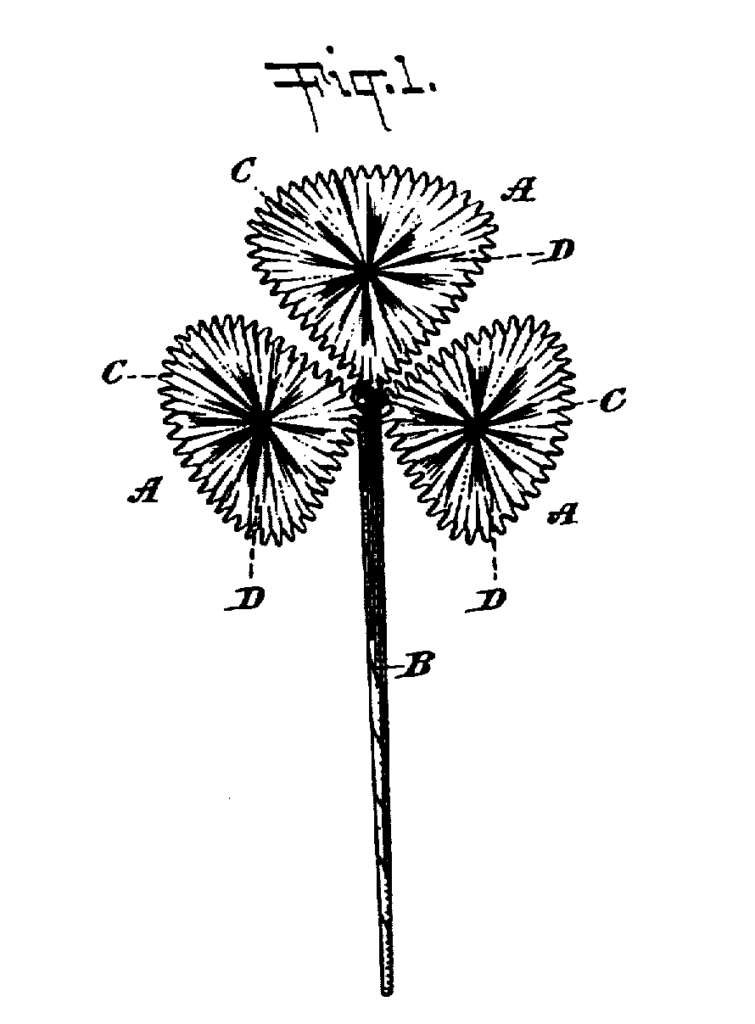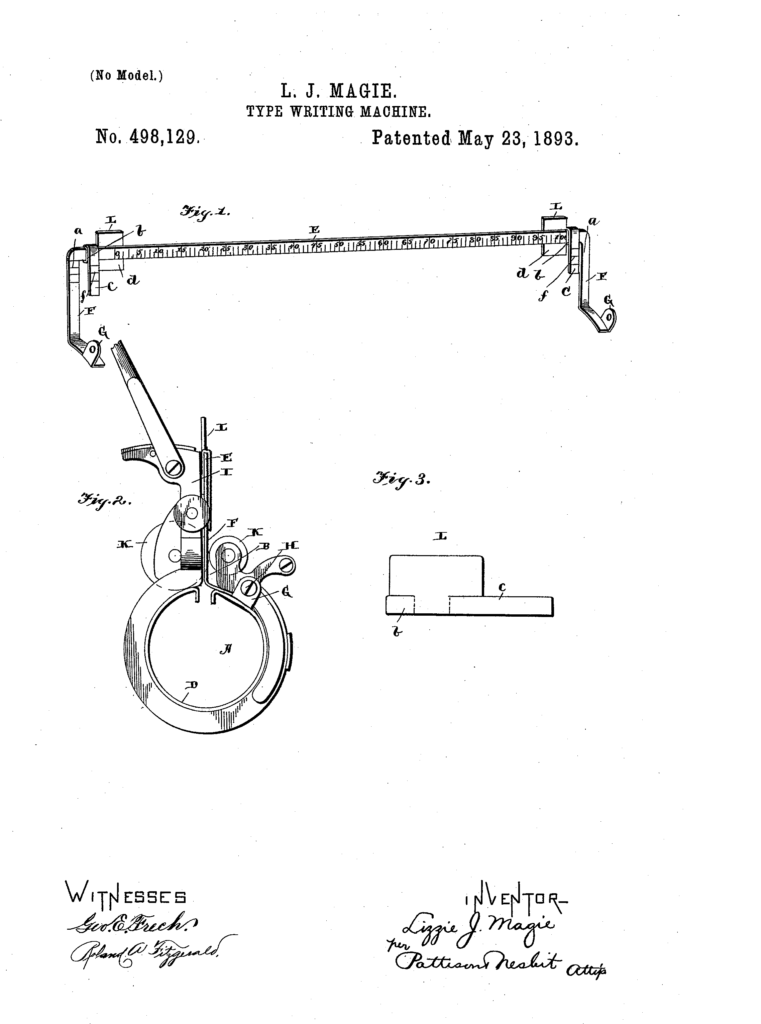An often critical issue in determining patent infringement is how many of a specified claim element are required by the claim. This issue can arise in a variety of ways:
A or An
The general rule is that “a” or “an” means one or more. In KCJ Corp. v. Kinetic Concepts, Inc., 223 F.3d 1351 (Fed. Cir. 2000), the Federal Circuit observed:
an indefinite article “a” or “an” in patent parlance carries the meaning of “one or more” in open-ended claims containing the transitional phrase “comprising.” … Unless the claim is specific as to the number of elements, the article “a” receives a singular interpretation only in rare circumstances when the patentee evinces a clear intent to so limit the article. … Under this conventional rule, the claim limitation “a,” without more, requires at least one.
See, also Baldwin Graphic Sys., Inc. v. Siebert, Inc., 512 F.3d 1338 (Fed. Cir. 2008).
However, the Federal Circuit indicated that there are situations where “a” or “an” can mean “only one.” See, for example, Harari v. Lee, 656 F.3d 1331 (Fed. Cir. 2011), and Insituform Techs., Inc. v. CAT Contr., Inc., 99 F.3d 1098, 1106 (Fed. Cir. 1996).
How can the careful prosecutor ensure the interpretation he or she wants? One way is to provide a definition in the specification. Thousands of patents do.
- As used herein, “a” or “an” or “the” can mean one or more than one. For example, “a” widget can mean one widget or a plurality of widgets. See, e.g., U.S. Patent No. 1082263.9
- As used herein, “a” or “an” may mean one or more than one. See, e.g., U.S. Patent No. 10525082.
- Unless otherwise indicated or the context suggests otherwise, as used herein, “a” or “an” means “at least one” or “one or more.” See, e.g., U.S. Patent No. 10546223.
- As used herein, “a” or “an” means “at least one” or “one or more” unless otherwise indicated. See, e.g., U.S. Patent No.7465758.
- As used herein, “a” or “an” means at least one, unless clearly indicated otherwise. See, e.g., U.S. Patent No.11275080.
- As used herein, “a” or “an” means one or more unless otherwise specified. See, e.g., U.S. Patent No. 9540312.
A problem with definitions is that the prosecutor has to commit to a meaning, and do so by the time of filing. In the examples above definitions #1 and #2 aren’t really definitions at all – they merely state a possible meaning. No options are foreclosed, buy no certainty is achieved. Definitions #3 expresses a preference, but there is still some uncertainty. Definitions #4 – #6 provides a definition that is only superseded by an “indication” or a “specification” otherwise.
More certainty is obtained by specifying “one” or “at least one” when the element is described and claimed.
OR
The simple word “or” has multiple, inconsistent meanings. In some contexts, “or” can express exclusive alternatives. In these cases “A or B” means either A and not B, or B and not A. See, Kustom Signals, Inc. v. Applied Concepts, 264 F.3d. 1326 (Fed. Cir. 2001). In other contexts, “or” can express non-exclusive alternatives. In these cases “A or B” means just A, A and B, or just B. Brown v. 3M, 265 F.3d 1349 (Fed. Cir. 2001).
As discussed above, definitions can help provide some certainty. There are numerous examples:
- The term “or” as used in this disclosure is to be understood to refer a logically inclusive or not a logically exclusive or, where for example the logical phrase (if A or B) is satisfied when A is present, when B is present or where both A and B are present (contrary to the logically exclusive or where when A and B are present the if statement is not satisfied). See, e.g., U.S. Patent No. 9747910.
- As used herein, “or” is understood to mean “inclusively or,” i.e., the inclusion of at least one, but including more than one, of a number or list of elements. In contrast, the term “exclusively or” refers to the inclusion of exactly one element of a number or list of elements. See, e.g., U.S. Patent No. 10639598.
The examples above provide definitions of an inclusive “or,” but also provide a template of how to define an exclusive “or.”
Alternatively, the careful prosecutor can be more precise in the specification and claims. One way is to claim “A and/or B” for an inclusive “or”, and “either A or B” for an exclusive “or.”
And
“And” has also caused problems for patent owners. In Super Guide Corp. v. DirecTV Enters., Inc., 358 F.3d 870, 885-86 (Fed. Cir. 2004), the patent owner and the accused infringer disagreed over the effect of “and” in the claim limitation “first means for storing at least one of a desired program start time, a desired program end time, a desired program service, and a desired program type.” The patent owner argued that this language required at least one of any of the four list categories. The accused infringer argued that this language required at least one from each of the four listed categories. The Federal Circuit agreed with the accused infringer, noting that the phrase “at least one of” preceded a series of categories of criteria, and the patentee used the term “and” to separate the categories of criteria, which connotes a conjunctive list. The Federal Circuit cited William Strunk, Jr. & E.B. White, The Elements of Style 27 (4th ed. 2000). The TTAB has reached a similar result in Ex Parte Jung, Appeal 2016-008290 at 2 (P.T.A.B. Mar. 22, 2017).
Thus when enumerating a list, the careful prosecutor must be mindful choosing whether to join the list with “and” or “or”
“And/Or”
If “or” and “and” can cause problems, it would seem that “and/or” can likewise cause problems. As Wikipedia notes, “and/or” has come under criticism in the courts. Judges have called it a “freakish fad”, an “accuracy-destroying symbol”, and “meaningless”. In Ex Parte Gross, Application No. 11/565,411, the Examiner rejected claim 1 as indefinite based upon the use of “and/or.” However, the PTAB reversed – finding that “A and/or B” does have a meaning and that meaning is A alone, B alone, or A and B together. The Board noted the “preferred verbiage” should be more simply “at least one of A and B.”
While not popular with legal purists, “and/or” may be the best choice to get the intended claim scope.

